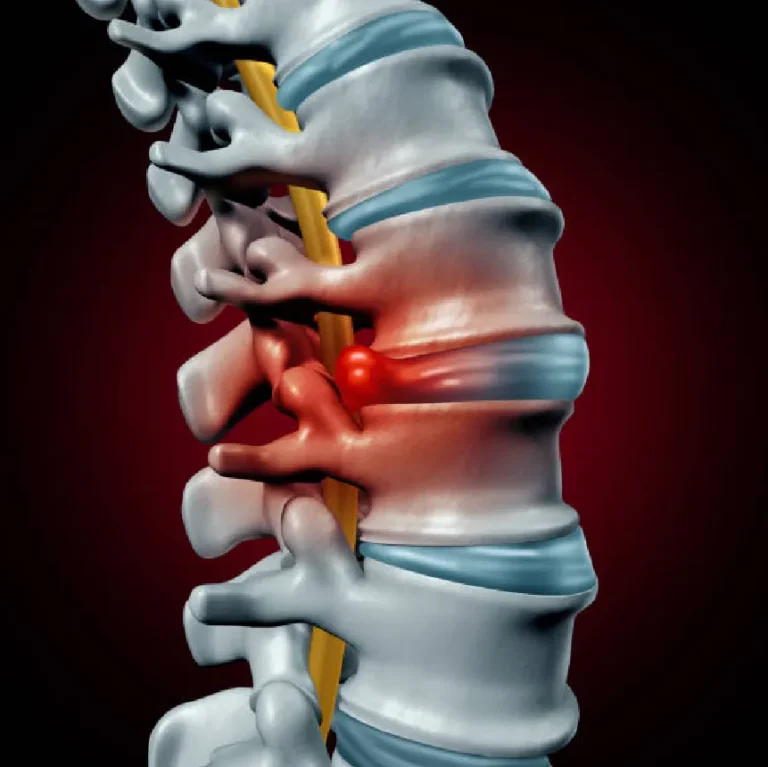A bulging disc—also referred to as a disc protrusion—can cause pain, numbness, and limited mobility that seriously affects your daily life. Whether you’ve recently been diagnosed or have been struggling with chronic discomfort for some time, understanding your options is key to recovery.
Chiropractic care offers a non-invasive, drug-free approach to managing the symptoms of a bulging disc. In this blog post, we’ll break down what a bulging disc is, how chiropractic care can help, and what you can expect from treatment.
What Is a Bulging Disc?
Your spine is made up of vertebrae separated by intervertebral discs, which act like cushions that absorb shock and support movement. These discs have a soft, gel-like center (nucleus) and a tougher outer layer (annulus). A
bulging disc occurs when the outer layer weakens and the inner material pushes outward, often putting pressure on nearby nerves.
Common causes include:
- Poor posture
- Repetitive strain or injury
- Lifting improperly
- Age-related wear and tear (degeneration)
Symptoms can vary but often include:
- Localized back or neck pain
- Radiating pain (into the legs or arms)
- Numbness or tingling
- Muscle weakness
How Chiropractic Care Can Help
Chiropractic care focuses on the spine and nervous system and aims to correct underlying mechanical issues without the use of medication or surgery. For individuals with a bulging disc, this care is centered on relieving pressure, improving spinal alignment, and restoring movement.
1. Spinal Decompression Techniques
One of the most effective chiropractic approaches for a bulging disc is spinal decompression. This technique gently stretches the spine to relieve pressure on the affected disc and surrounding nerves. It may create negative pressure within the disc, allowing the bulging material to retract slightly and promote healing.
2. Chiropractic Adjustments
While chiropractors do not “pop” discs back into place, they can perform specific adjustments to improve spinal alignment and mobility. Restoring
proper alignment helps reduce mechanical stress on the discs and can relieve nerve irritation contributing to pain and inflammation.
3. Soft Tissue Therapy
Chiropractors often use soft tissue techniques to reduce muscle tension and improve circulation in the area around the bulging disc. This can enhance mobility, reduce spasms, and support overall recovery.
4. Rehabilitation Exercises
Strengthening and stretching exercises tailored to your condition are a crucial part of the recovery process. Chiropractors often provide at-home exercises to stabilize the spine and reduce the risk of future injury.
5. Lifestyle and Postural Advice
Poor posture, especially while sitting or lifting, can contribute to disc issues. Chiropractors can guide you in improving ergonomics at work and home to minimize strain on your spine and prevent further damage.
What to Expect During Treatment
At your first chiropractic appointment, your provider will take a detailed history and perform a physical examination. Imaging (such as MRI) may be recommended to confirm the diagnosis and determine the severity of the bulging disc.
Once the issue is clearly identified, a personalized care plan will be created. Many patients begin to feel relief within a few sessions, though more severe cases may require ongoing care and rehabilitation.
Importantly, chiropractors will never perform adjustments or decompression on a spine if it’s not safe—especially if you have advanced disc degeneration, spinal instability, or other contraindications. If necessary, they will work in conjunction with other healthcare providers.
Final Thoughts
A bulging disc doesn’t have to mean surgery or a life of chronic pain. Chiropractic care offers a conservative, patient-centered approach that aims to reduce pain, restore function, and get you back to the activities you enjoy. By addressing the root of the issue rather than masking symptoms, chiropractic care supports long-term spinal health.
If you’re experiencing symptoms of a bulging disc, consult a licensed chiropractor to find out if this type of care is right for you.
Ready to take the next step toward relief? Schedule a consultation and start your journey toward a healthier spine today!




